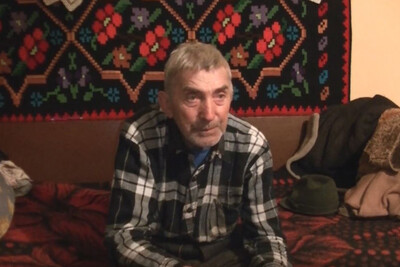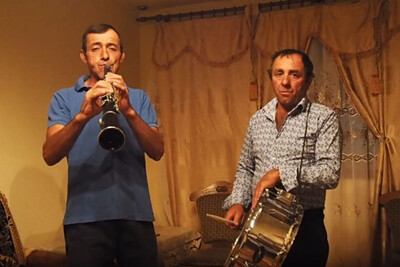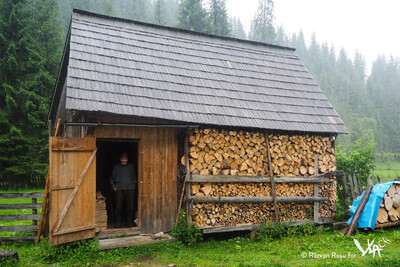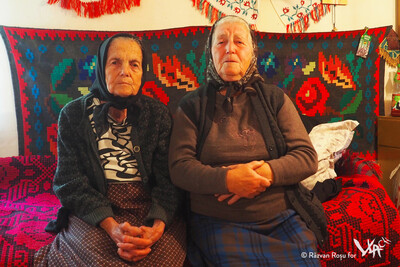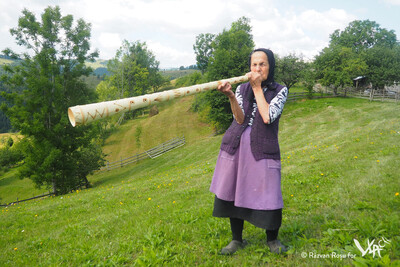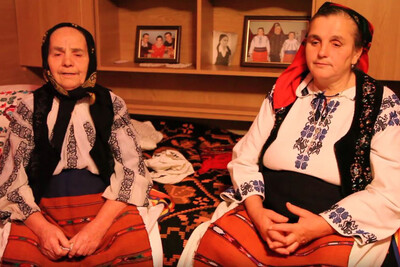
The Moți patois (moțεștʼɪ, țopεștʼɪ, mocănʼεștʼɪ) belongs to the Romanian language and Transylvanian subdialect, and is spoken in the ethnographic area Țara Moților. Its speakers are called Moți (Germ. Motzen Hung. Mócok). The Moţi idiom can be found in the hamlets of the villages from Țara Moților situated in Transylvania, more precisely in counties of Alba and Cluj (Arieșeni, Gârda de Sus, Scărișoara, Albac, Horea, Vadu Moților, Poiana Vadului, Ponorel, Vidra, Avram Iancu, Câmpeni, Poiana Horii, Mărișel, Măguri Răcătău). Some of the Moți were colonized during the 20th century in the north-western part of Transylvania and Banat. The Moți idiom is also well preserved in five villages from Satu Mare County (Scărișoara Nouă, Horea, Ianculești, Marna Nouă, Gelu).
Until the beginning of the 20th century, the Moți patois kept distinctive and archaic features, like with other idioms of the Romanians from Transylvania, due to the inaccessibility of this mountainous region. There are two main varieties of the Moți patois. The first one is located in the villages from Alba County which has preserved more archaic phonological features and the second in the villages from Cluj County.
Settlements represented in our collection
read more...
Until now there have been few studies about the Moți patois. Almost all the research from the interwar and the communist period was focused on aspects regarding historical events from this area, such as the Revolt of Horea in 1784 and the Revolution in 1848, not on the ethnographic, ethnomusicological or dialectological aspects.
BIBLIOGRAPHY
Petrovici, Emil (1939): Folklor la moții din Scărișoara. București: Imprimeria Naţională.
Petrovici, Emil (1970): Studii de dialectologie și toponimie. București: Editura Academiei Republicii Socialiste România.
© Răzvan Roșu 2019

